3 Factors That Impact the Cost of Fireplaces
Fireplaces have long been cherished as both a source of warmth and a decorative focal point in homes. Whether you're considering installing a new fireplace or upgrading an existing one, the cost can vary significantly. Several factors influence the final price, and understanding these can help homeowners make informed decisions. In this post, we explore the key elements that impact the cost of fireplaces.
Type of Fireplace
The type of fireplace you choose is one of the most significant factors affecting the overall cost. Options include wood-burning, gas, and electric fireplaces, each with distinct installation and operational costs. The variance in cost is influenced by the style, complexity of installation, and the brand or model selected. For example, wood-burning fireplaces may require a chimney, while gas fireplaces need proper venting, and electric models often involve simpler setups but may lack the traditional aesthetic.
Installation and Setup
The installation and setup process can significantly influence the overall cost. Factors such as the fireplace's location, the need for venting, and any required structural modifications can add to the expense. For instance, installing a new chimney for a wood-burning fireplace requires substantial labor and expertise, increasing costs. Similarly, running new gas lines for a gas fireplace or electrical wiring for an electric model can further elevate expenses. The complexity of the installation site, such as accessibility or the need for permits, also plays a role.
Materials and Design
The materials and design chosen for your fireplace are critical in determining the cost. High-end materials, such as marble or natural stone veneer, can significantly increase the price compared to standard brick or prefabricated models. According to This Old House, natural stone veneer is cut from real stone and usually ranges from 3/4 inch to 1 1/4 inches thick, offering a premium look but at a higher cost. Additionally, the aesthetic design — including the mantel, hearth, and surround — can vary widely in price based on personal taste and current trends. Homeowners seeking unique or custom designs may find themselves investing substantially more in their fireplaces.
The cost of installing or upgrading a fireplace is influenced by several factors, including the type of fireplace, installation requirements, and material choices. By understanding these elements, homeowners can make decisions that align with their budgets and design preferences. Whether opting for a traditional wood-burning model, a modern gas fireplace, or a convenient electric version, carefully considering each component's impact on the overall cost is essential for a successful project. Reach out to Tundra Stone Products and Fireplace LLC today to learn more about our options for fireplaces!

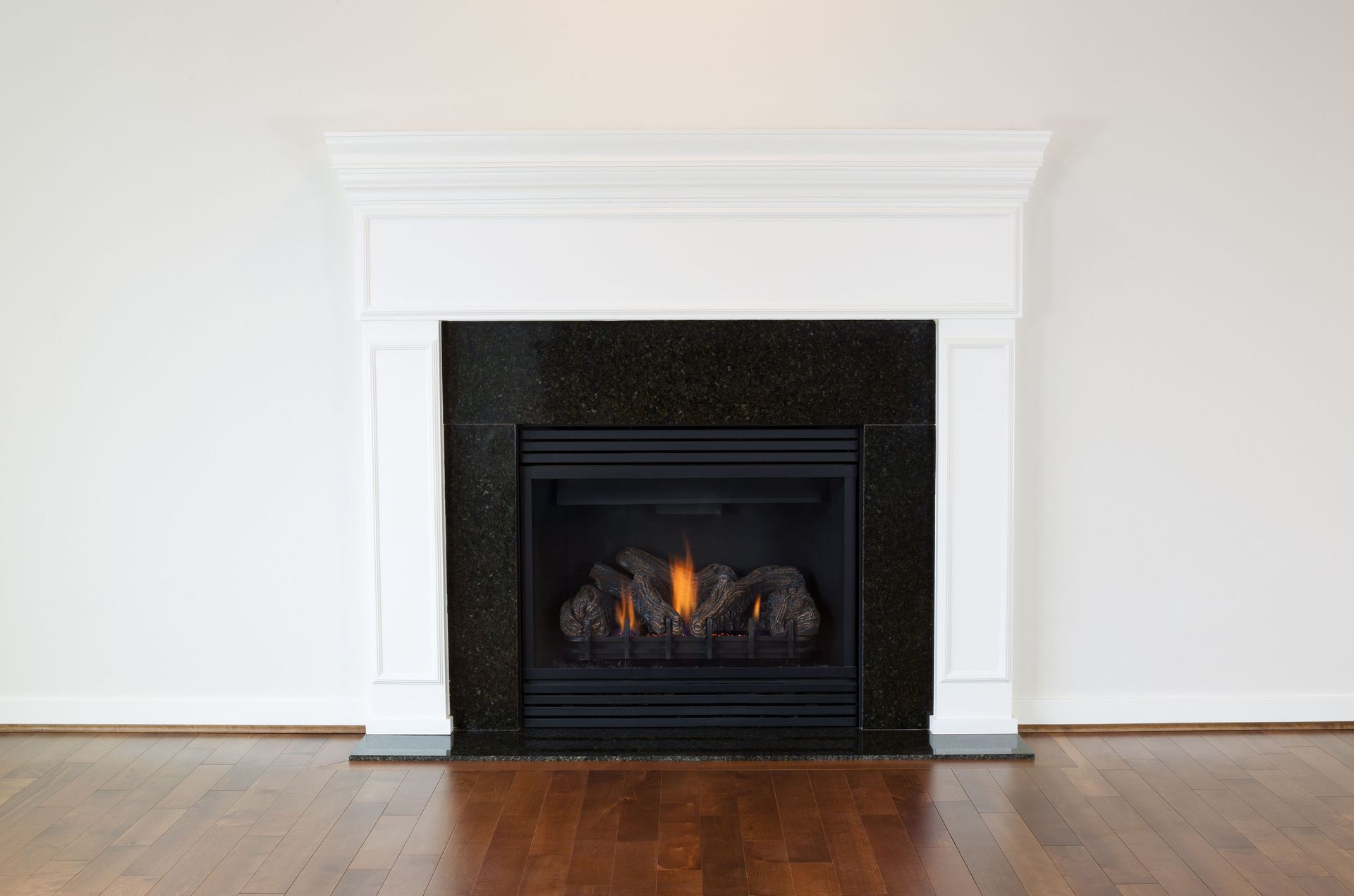
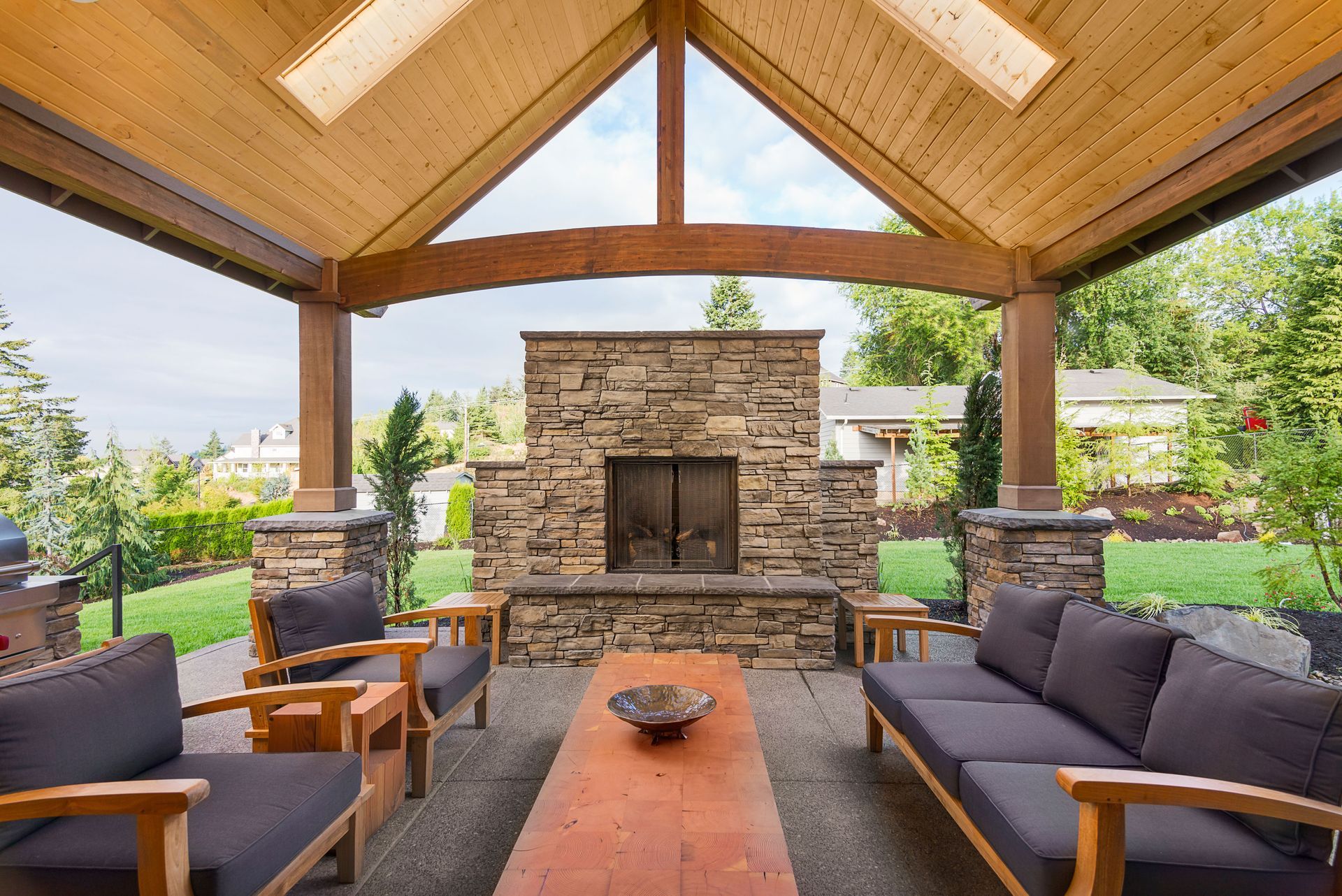
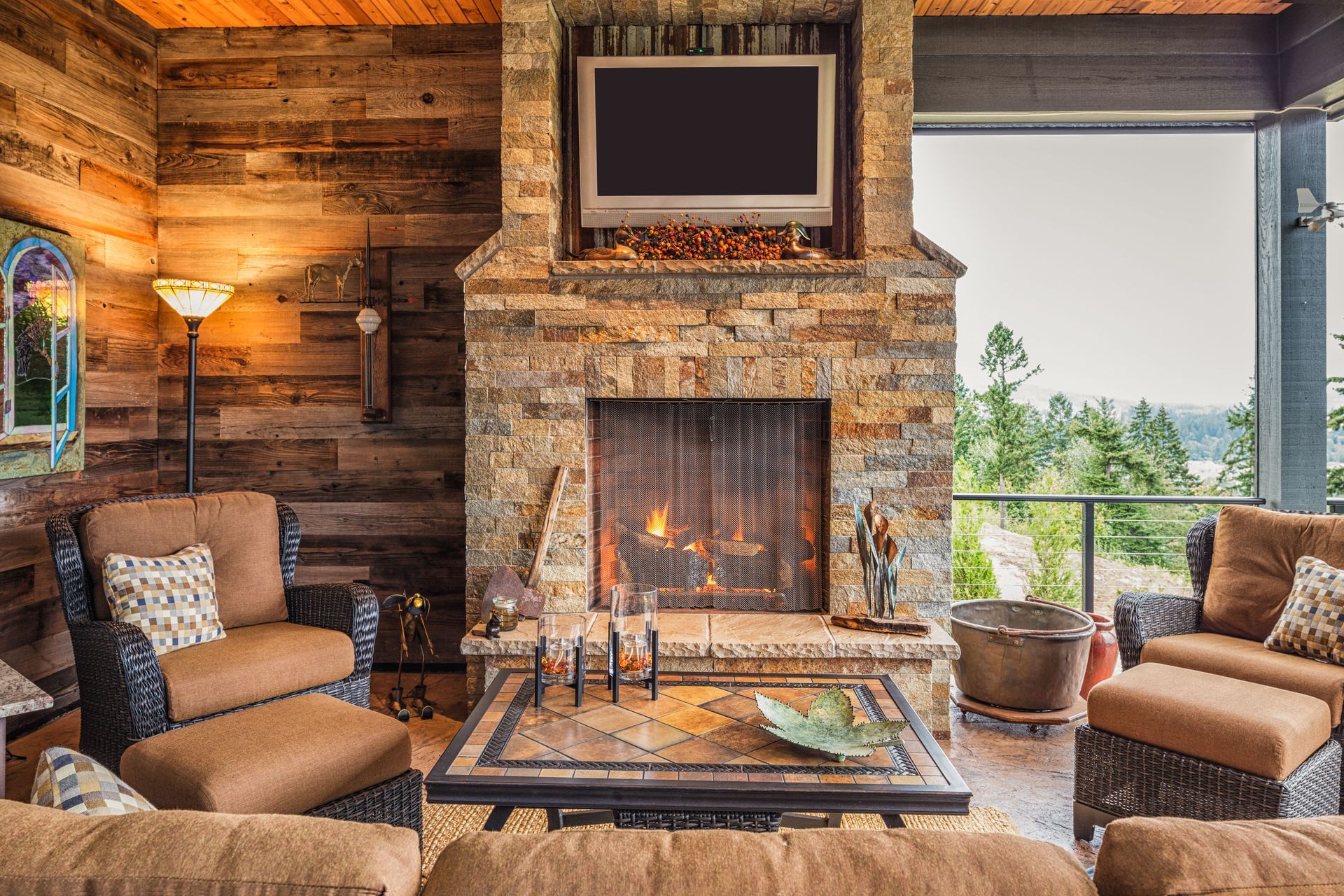
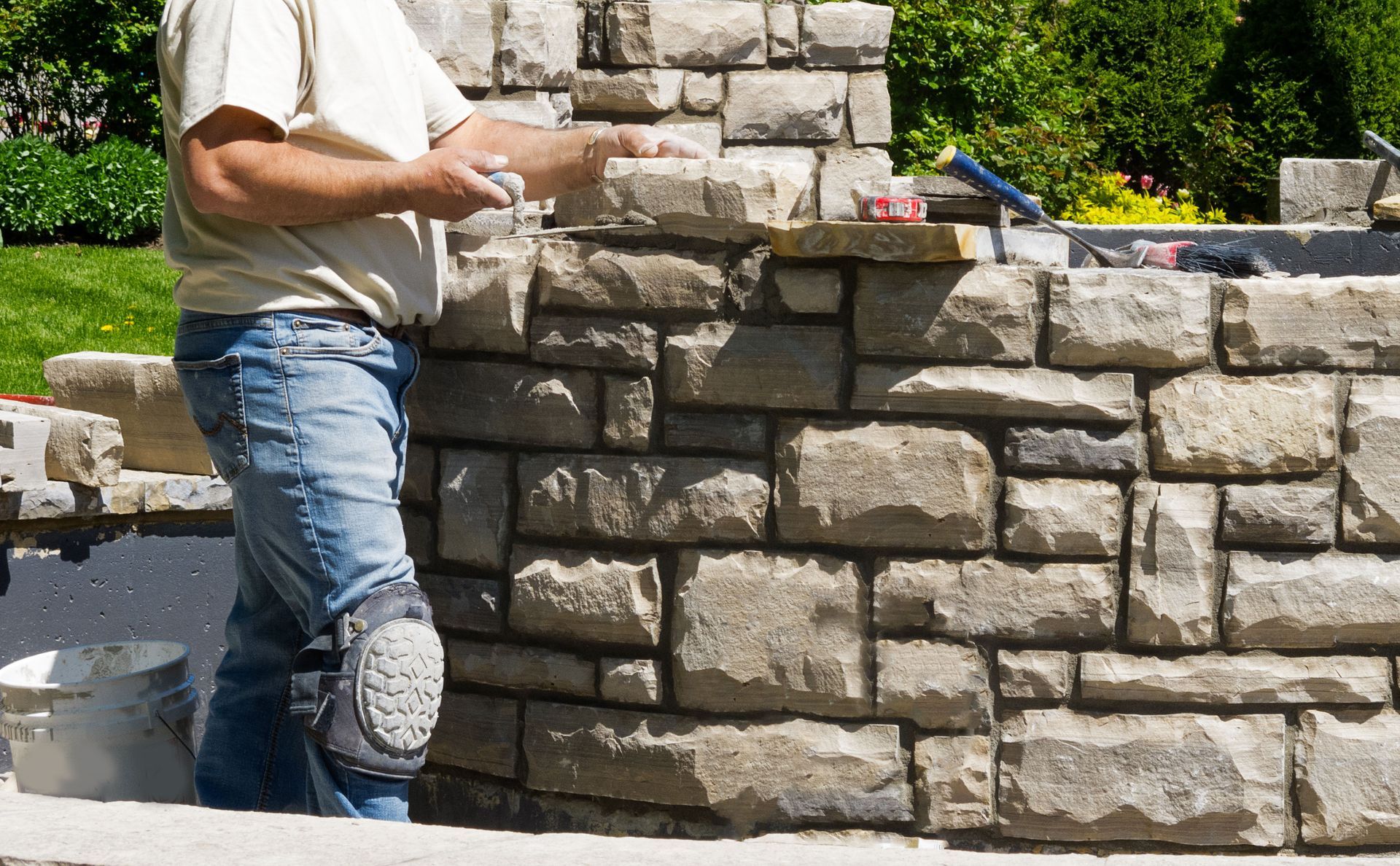
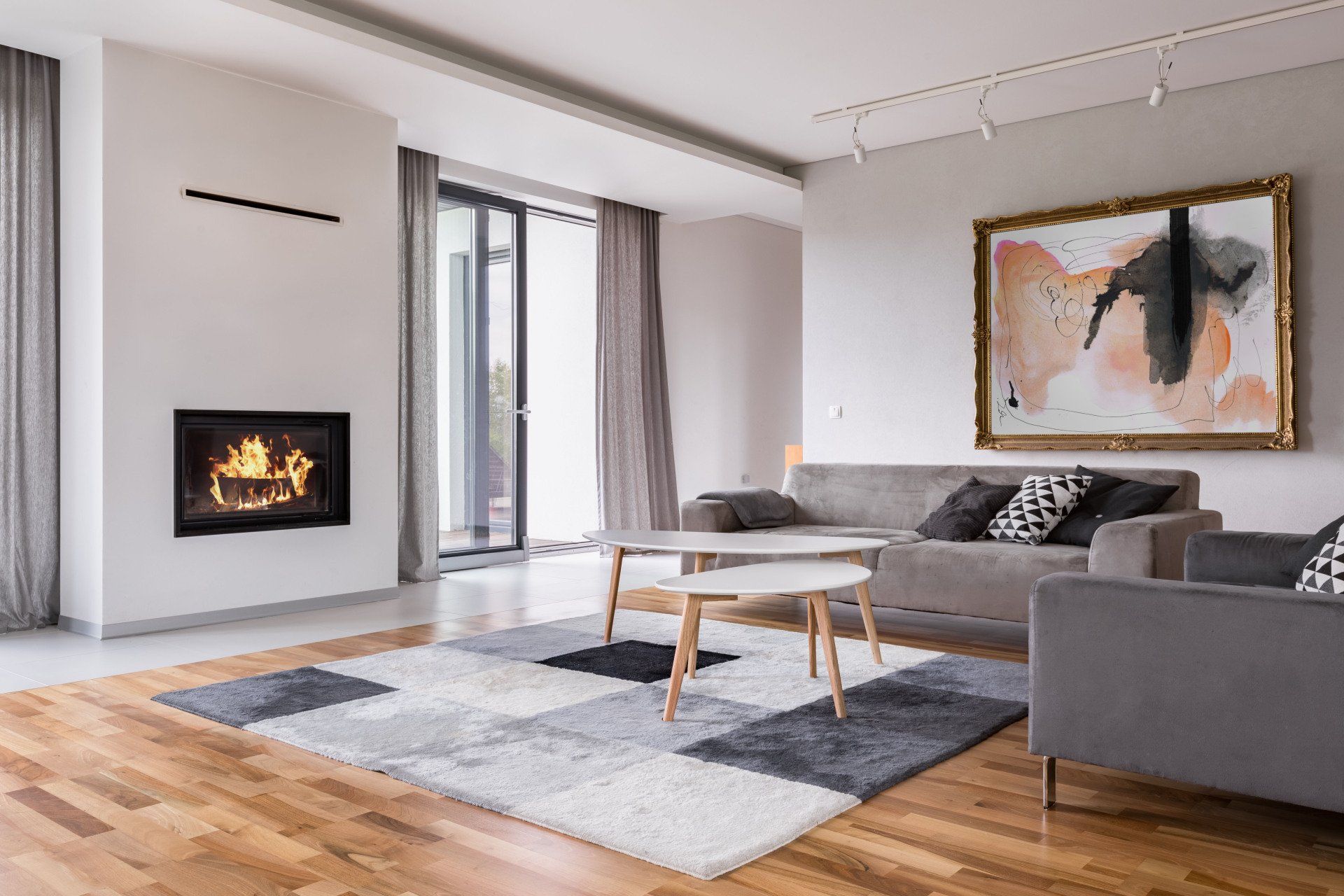
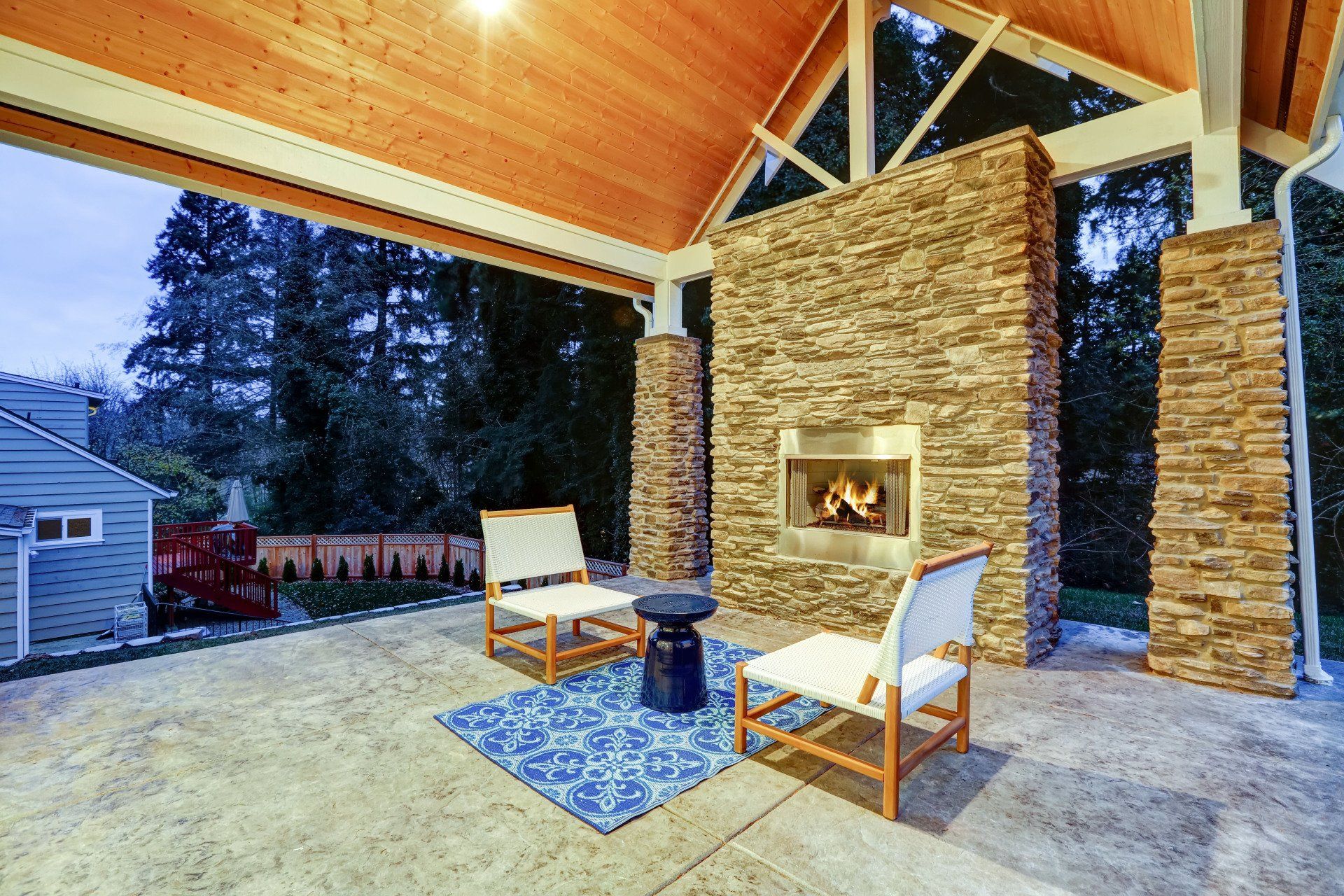
Share On: